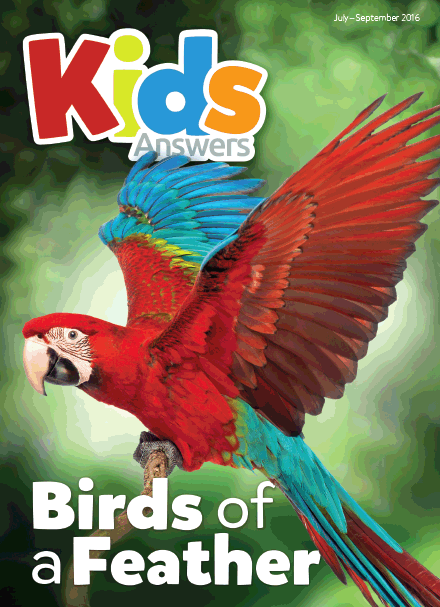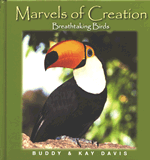It’s a Bird, Not a Plane
For a long time, people have wanted to copy birds and soar in the air. You can’t blame them for trying! It would be a blast to zip through the sky. But most attempts have been—well—silly. From gluing feathers on man-made wings to bicycle-powered flapping machines, people have found we simply can’t copy birds.
Even modern airplanes don’t fly like our feathered friends. Planes have engines and rigid wings. What about birds?

© Kenneth Canning | Getty Images
Feathers
Feathers are good for more than keeping birds warm, tickling feet, and stuffing pillows. They’re designed to get the most push out of every wingbeat. They can spread out or fold in, as needed. And they won’t tear, allowing birds to dart through thick forests and bump into hard objects without damage.
Flexible Wings
Those flapping wonders lift the bird into the air, and then keep it moving in the desired direction by changing shape. To fly like a bird by flapping, you’d need wings 140 feet across. That’s almost as wide as a football field is long!
Hollow Bones
Birds have very light, mostly hollow bones. They’re held together with tiny beams for maximum strength and minimum weight. The skeleton of a twenty-pound pelican weighs only two pounds! Have you ever pulled apart a turkey’s wishbone and looked inside? Light bones mean birds don’t need big engines to get off the ground.
Tail
Some birds, such as peacocks, have beautiful tail feathers. But did you know that the tail feathers also help them make landings beautifully? Fanning out those feathers, they can come in for a pinpoint landing. No wheels or runways needed—just give ’em a branch!
Related Downloads
Bird Puzzles
PDF DownloadKids Answers Magazine
Birds of a Feather
From swift swifts to hovering hawks, learn how God’s special designs for birds make them better flyers than the most advanced man-made aircraft.
Browse Kids IssueRecommended Resources
- © 2024 Answers in Genesis
- Privacy Policy
- Contact
- About


